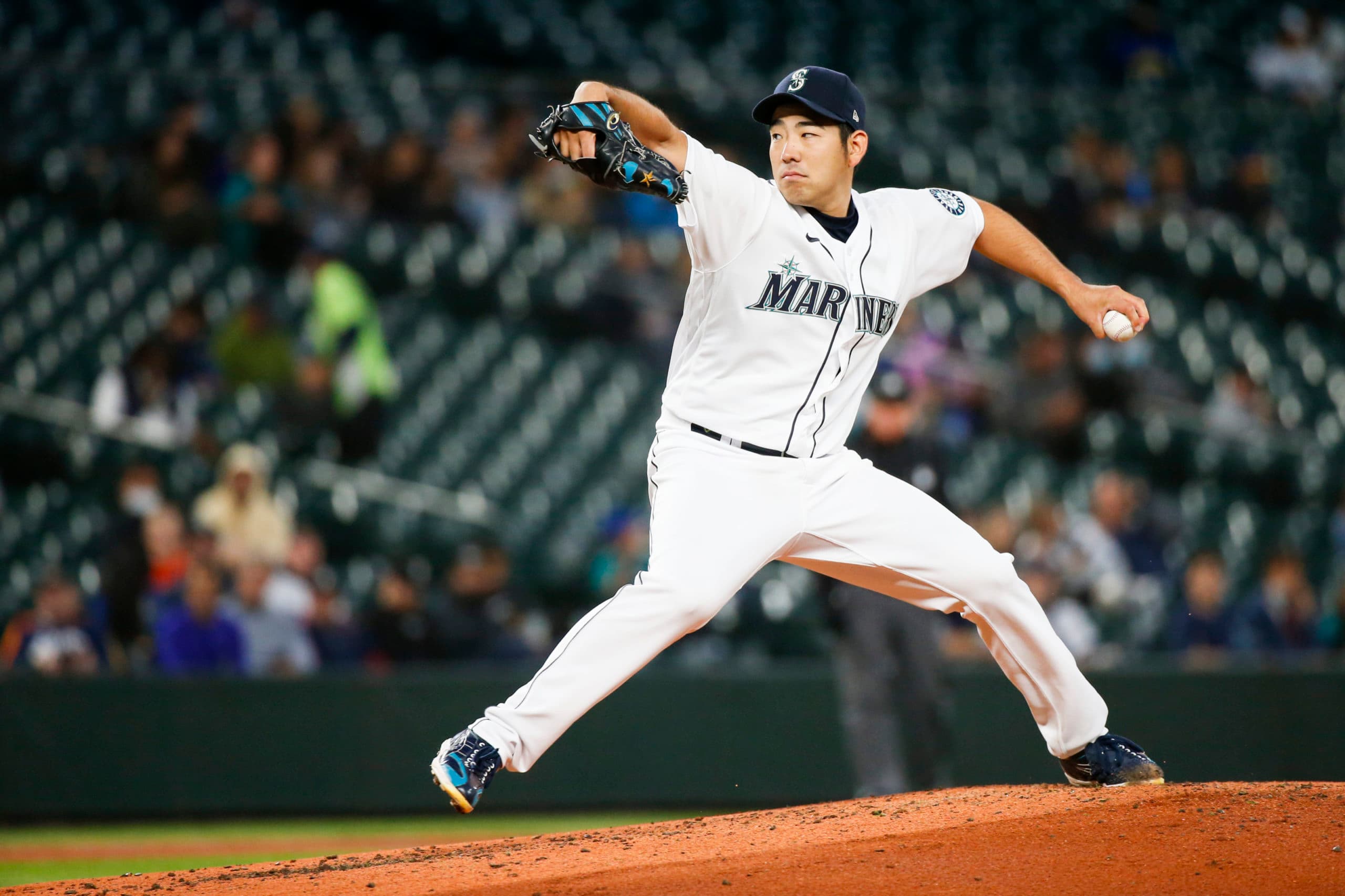What went wrong for Yusei Kikuchi in 2021 and how the Blue Jays fix it moving forward
Photo credit: Joe Nicholson-USA TODAY Sports
Mar 15, 2022, 08:00 EDT
Keep scrolling for the next article
Breaking News
- It’s a new season, but the same issue plagues the Blue Jays in 2025
- Despite bullpen struggles, the Blue Jays have a bigger problem under the hood
- Blue Jays GDB – 37.0: Jays look to avoid the sweep at the hands of the Angels
- Throwback Thursday: The Blue Jays acquire Devon White from Angels
- MLB betting preview (May 8): Blue Jays vs. Angels predictions
